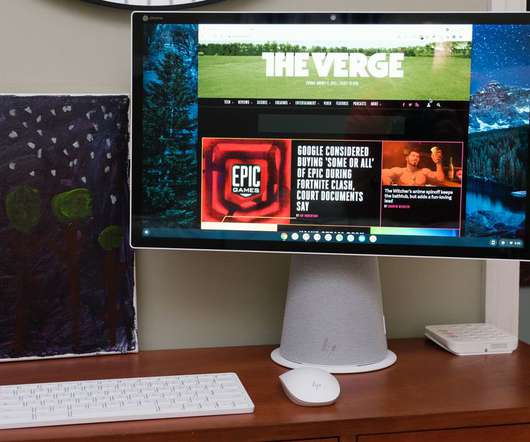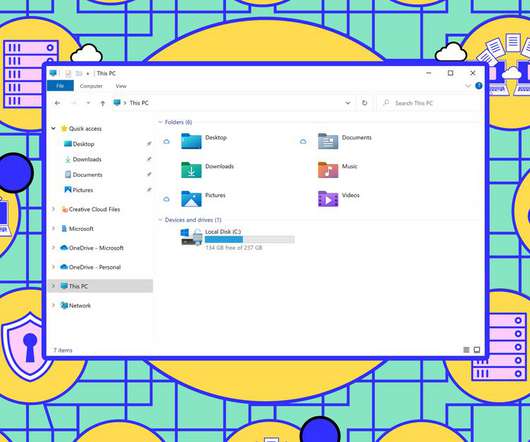HP’s new Chromebase AiO has a screen that rotates from portrait to landscape
The Verge
AUGUST 10, 2021
For starters, whenever I rotated the screen from landscape to portrait or vice versa, my window arrangement would get lost, forcing me to reset everything. It might be fine if all you use is a single window, but the 21.5-inch Additionally, the built-in webcam is on the long edge of the screen, making it most useful in landscape mode.















Let's personalize your content